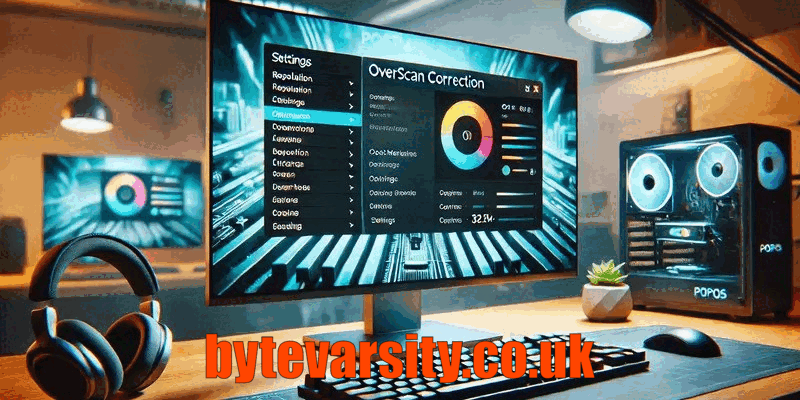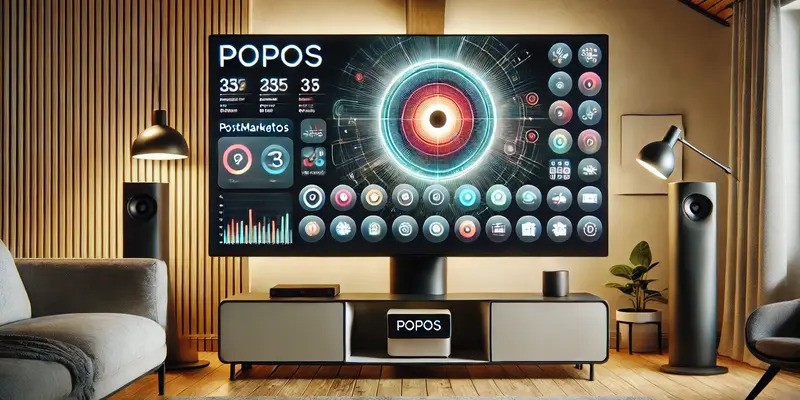What is POPOS Display?
POPOS, or PostmarketOS, is a Linux-based operating system designed for smartphones and other devices. However, its versatility allows it to be used on various platforms, including TVs. By connecting POPOS to a TV, users can enjoy a larger display for their applications and media. This setup is particularly appealing for those who prefer open-source systems or want to repurpose older hardware.
Why Adjust Screen Size?
When using POPOS on a TV, adjusting the screen size is crucial to ensure the display fits correctly. Without proper adjustments, you might encounter issues like black bars, cropped images, or distorted visuals. Screen size adjustment enhances the viewing experience by ensuring that all content is displayed as intended, making it essential for an optimal setup.

Methods to Adjust Screen Size in POPOS Display to TV
Using Display Settings in POPOS
One of the most straightforward methods to adjust the screen size is through the display settings in POPOS itself. Here’s a step-by-step guide:
- Open the Settings menu in POPOS.
- Navigate to the Display section.
- Select the connected TV from the list of available displays.
- Adjust the resolution and aspect ratio to match your TV’s specifications.
- Apply the changes and verify the display.
Optimal settings may vary depending on the TV model, so experimenting with different resolutions can help achieve the best results. It’s also advisable to enable the “Scale” option if available, which adjusts the size of UI elements for better visibility.
Utilizing TV Settings
In addition to configuring POPOS, adjusting the TV’s settings can significantly improve the display. Most modern TVs have built-in options for screen size and resolution. Here’s how to do it:
- Access the TV’s menu using the remote control.
- Look for settings like “Picture,” “Screen,” or “Display.”
- Adjust the screen size, often labeled as “Aspect Ratio,” “Zoom,” or “Screen Fit.”
- Set the resolution to match the output from POPOS.
Combining adjustments from both the TV and POPOS ensures the display is perfectly aligned and fully utilized.
Troubleshooting Screen Size Issues
Common Problems and Solutions
Even with careful adjustments, users might face common issues such as:
- Overscan: The edges of the display are cut off. This can be resolved by adjusting the TV’s overscan settings or tweaking the resolution in POPOS.
- Underscan: Black bars appear around the screen. Adjusting the scaling settings in POPOS can help fill the screen.
- Resolution Mismatch: If the display looks blurry or pixelated, ensure both the TV and POPOS are set to the native resolution of the TV.
If these solutions don’t work, resetting the display settings to default can often resolve the problem.
Tools and Resources
For users needing additional help, several tools and resources are available:
- Community Forums: Platforms like Reddit and the POPOS community forum offer advice and solutions from experienced users.
- Online Guides: Websites dedicated to Linux and POPOS provide detailed tutorials on screen size adjustments.
- Support Tools: Applications like ARandR (Advanced RandR) can offer a graphical interface for managing display settings in Linux environments.
For those looking for the perfect TV stand to complement their setup, consider checking out this 85-inch TV stand for a stylish and functional addition to your entertainment space.
